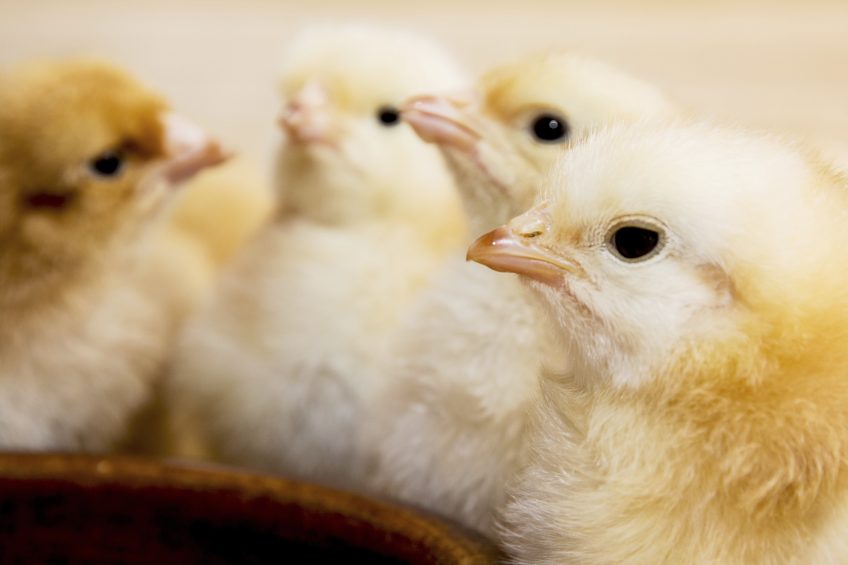India to reduce use of antibiotics in poultry

Fears about the growing pathogen resistance to life-saving antibiotics has led to action by the Indian government.
The Ministry of Health has capped the maximum levels of drugs that can be used for growth promotion in meat and meat products.
It has introduced amendments to its Food Safety and Standards (Contaminants, Toxins and Residues) Regulations in order to list maximum permissible limits of various antibiotics in meat and meat products.
The amendments prescribe maximum permissible limits of 37 antibiotics and 67 other veterinary drugs given to poultry.
For example, only 0.01mg/kg of Ampicillin can be used in chicken in order to prevent the human body from becoming resistant to the drug which is used to treat bacterial infections, heart and brain ailments as well as sick poultry.
The action follows studies across the country by the Food Safety and Standards Authority of India, which looked at residual amount of antibiotics in poultry through the collection of meat samples and other poultry products.
The Centre for Science and Environment also conducted a study to check for antibiotic misuse in poultry. It found improper disposal of poultry waste in the field which exposed humans to potential risk of infection.
The study found that 100% of the E.coli, 92% of Klebsiella pneumoniae and 78% of Staphylococcus lentus had become multi-drug resistant.
Commentators said this was the first major attempt by the government to address growing antibiotic use in poultry to promote growth.
It follows the Global Antibiotic Resistance Report which said India had the highest burden of antimicrobial resistant pathogen strains.












